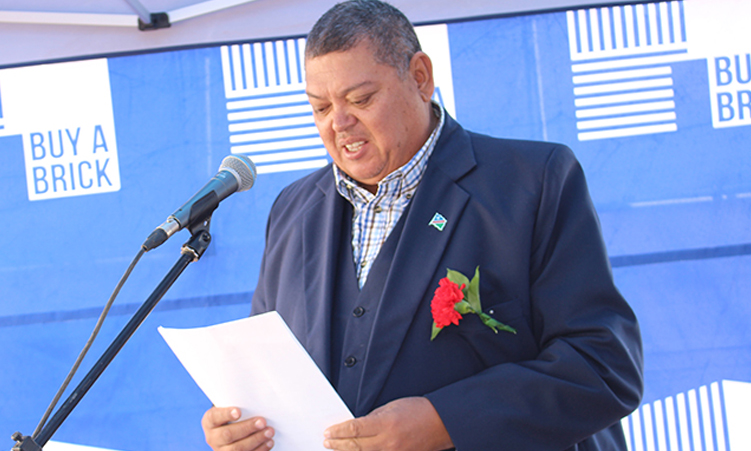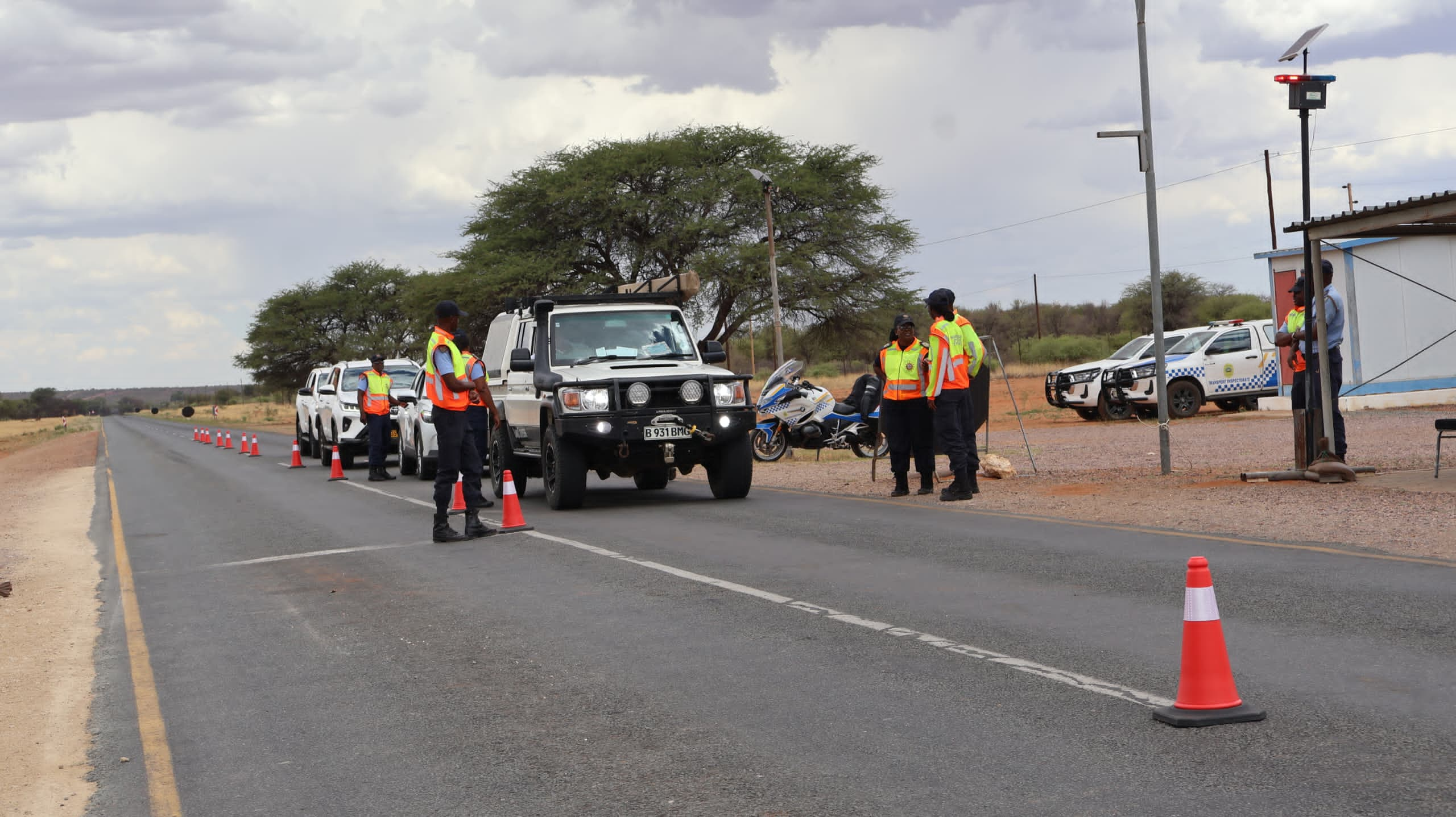It is a great privilege for me to preside over this august event, namely the launch of the revised limited edition of ‘Lüderitz: A Journey Through Time’ and to address a distinguished audience.
I was informed that the first edition of this book, ‘Lüderitz: A Journey Through Time’, was published in 2017 and launched in September as we do today in this very same month. As part of NovaNam’s celebration of the opening of the Namibia Maritime Museum, they published a limited revised edition.
The expanded second edition, which will incorporate the ever-increasing
developments happening at Lüderitz, I was reliably further informed, will be published in time for the 35th anniversary of Namibia’s independence celebrations in March 2025.
The importance and relevance of capturing the many and varied facets of Lüderitz through time in a book, is so that all of us can remember our past and our present to make for a better future for all at the town, the region, and indeed the country.
This Namibian southerly coastal town, which was initially named
Lüderitzbucht after German businessman Adolf Lüderitz in
1886, has a very rich history that merits its telling to all generations.
On the other hand, this town, of which the constituency was renamed to !Nami#Nus in 2013, has a legendary tapestry of history, architecture, local economy, adventure, geography, and offerings, which are unique. Visitors to this town are amazed by the stark contrasts of the cold Atlantic Ocean Sea next to the oldest desert in the world, the Namib, accompanied by strong winds, also unique to this part of Namibia.
By sponsoring this well-illustrated publication, NovaNam will help readers, present and future, to understand Lüderitz from its humble beginnings, throughout its – at times – disturbing history, its present realities, and the wonderful opportunities this remarkable town has offered, and continues to offer. For this, NovaNam should be applauded.
What is on offer in the town of Lüderitz ranges from the natural resources from the ocean and on-shore, the wind and minerals, as well as its various types of infrastructure and massive project roll-outs currently being created that will help Lüderitz achieve its economic, educational and social goals.
NovaNam itself I am told is and will remain an intrinsic part of this town’s fabric of history, economic and social endeavour – the first vertically integrated fishing business investment in Lüderitz, right at the time of Namibia’s independence in 1990, when this town was the only sea port in Namibia, because Walvis Bay remained under colonial rule until 1994.
The founders of NovaNam took a big and risky bet all those years
ago, but it could envision the potential of the town and the area,
even though it was marginalised during the colonial times.
Fisheries and aquaculture – which I take great pride in overseeing
– remains the most important economic activity at Lüderitz at this
point in time, which is aided by unique meteorological and oceanographic conditions by way of the Benguela Current System that supports rich fisheries’ grounds and the several fishing companies that operate within it, and I am very pleased that this book captures this importance.
Most of the fishing companies in Namibia are based at Walvis Bay because of the many handicaps experienced by operating from the remote south.
I recognise this, and the government, through the Marine Resources Act, encourages regional development, particularly in the previously disadvantaged areas, such as Lüderitz. Through this act, we facilitate regional development through the issuance of fishing rights and the allocation of fishing quotas.
The government has recognised Lüderitz as a major fisheries hub in
Namibia, and the Ministry of Fisheries and Marine Resources is determined to encourage more fisheries volume through this isolated harbour town to realise the quantities and goals necessary for optimal value addition.
Earlier this year, the annual Crayfish Festival celebrated its 17th year, and I was very happy to be a witness to it, and how much it has grown in interest and participation over the years. This festival is hosted by the Lüderitz Council and its business community, in partnership with the Ministry of Fisheries and Marine Resources, and it brings many thousands of people to celebrate the rich fisheries of this coastal town to enjoy the world-famous rock lobster, the open hospitality of the people of Lüderitz and the //Kharas Region, and to enjoy the unique and beautiful scenery of this amazing town, which this book appropriately covers.
Another aspect of this book which I am pleased about, and which
the ministry is also intimately involved in partnership with other
government agencies, is the Lüderitz Waterfront.
This ambitious project – as witnessed earlier today with the opening of the
Namibia Maritime Museum – showcases all that is good about Namibia as an investment, education, and tourist destination. I am particularly excited by the Namibia University of Science and Technology’s commitment to the satellite campus in this complex as this will breathe new life into the town, and the Namibian Maritime Museum will attract tourism from all corners of the earth.
These two initiatives will go far in pushing the agenda of education, which is a most important pillar in the government’s plan of growth and development, and its investment agenda, like, for example, the modernisation of this town’s harbour, which will attract more investment funding and opportunities so necessary in the south of Namibia.
I highly recommend that you all read this book to truly appreciate all that is good and inspiring about this unique town, which has stood the test of time despite its many challenges and constraints. – Minister of Fisheries and Marine Resources Derek Klazen at the launch of the revised limited edition of ‘Lüderitz: a Journey Through Time’, Old Power Station, 11 September 2024
Stay informed with The Namibian – your source for credible journalism. Get in-depth reporting and opinions for
only N$85 a month. Invest in journalism, invest in democracy –
Subscribe Now!







